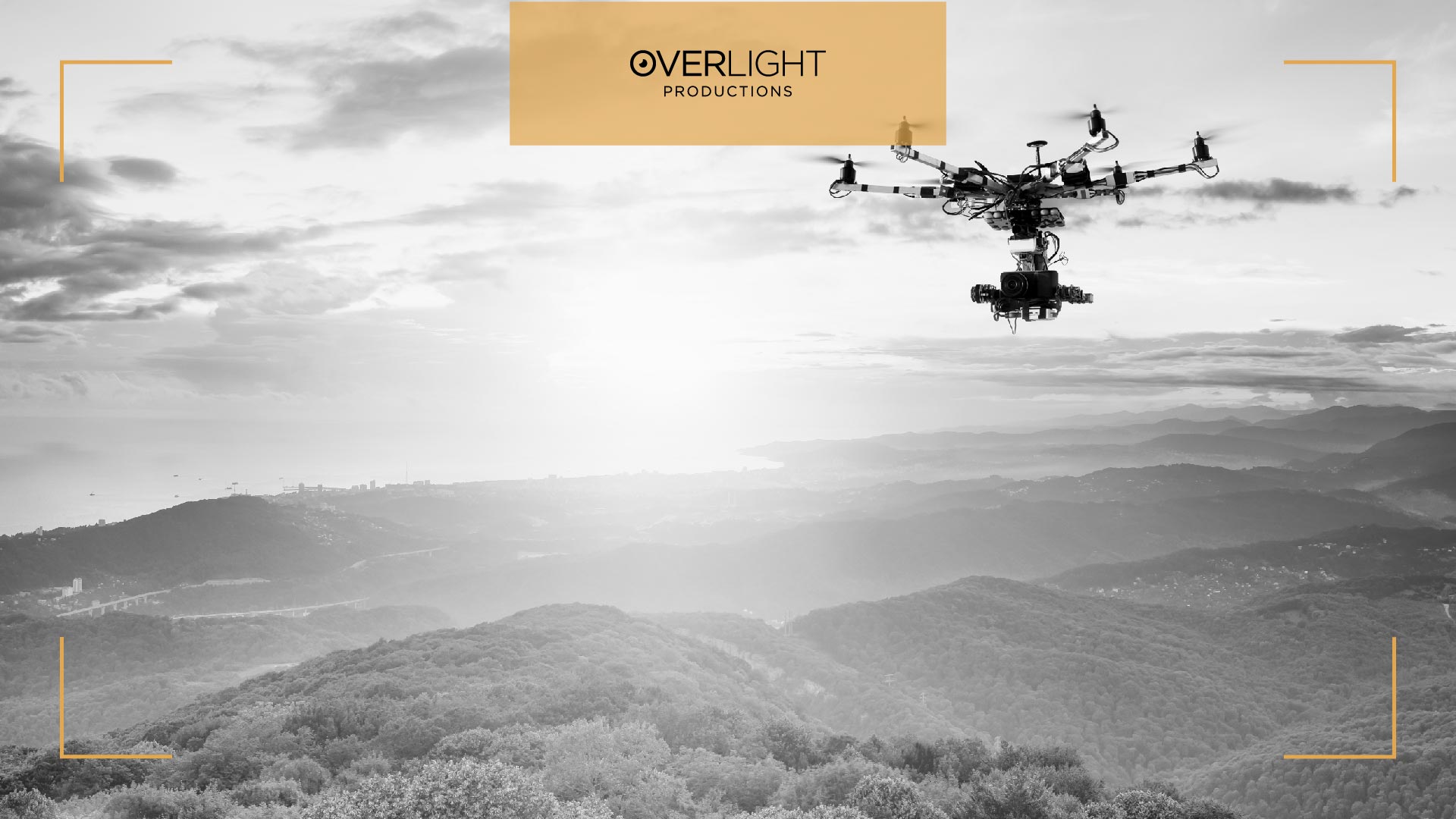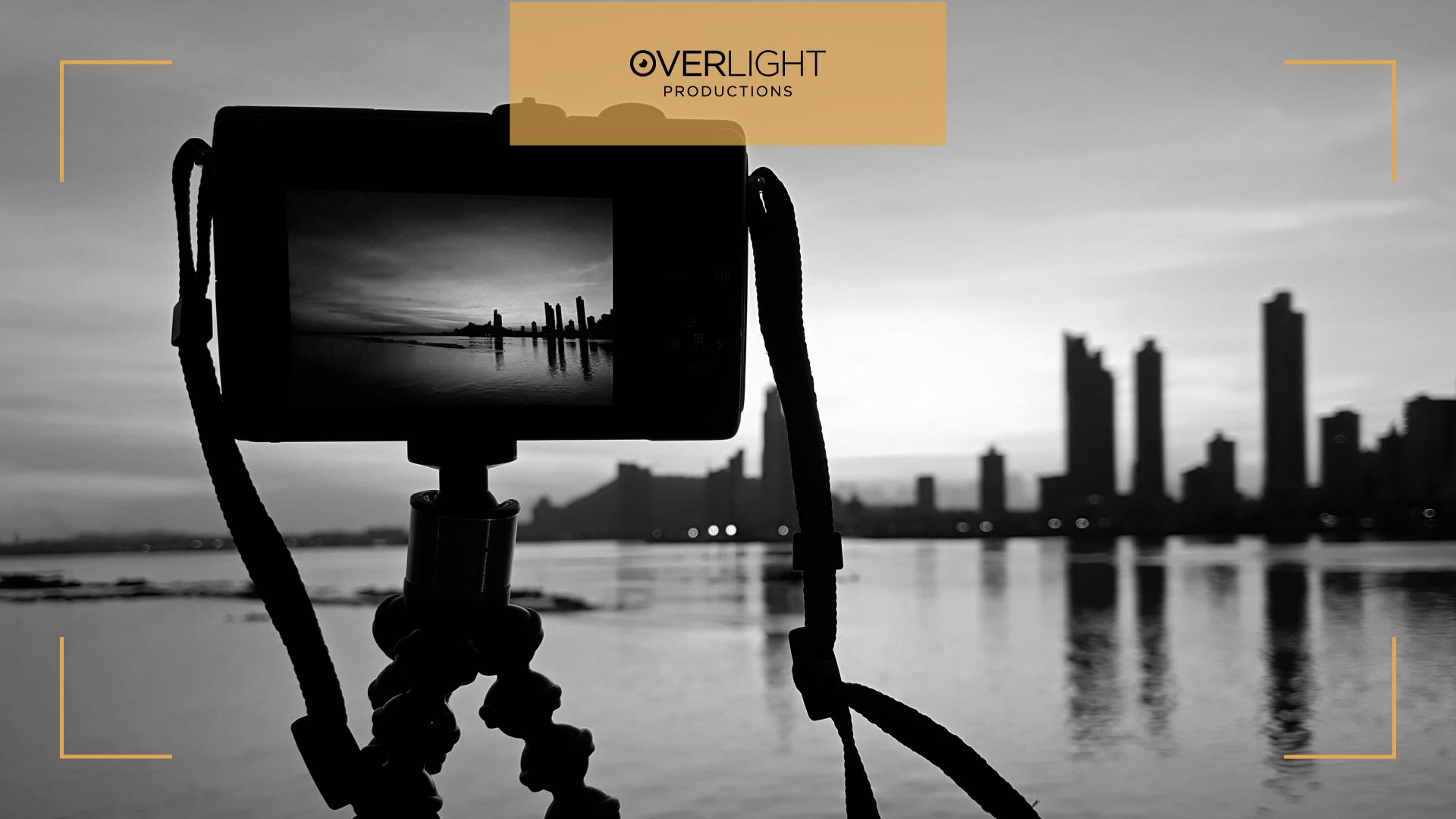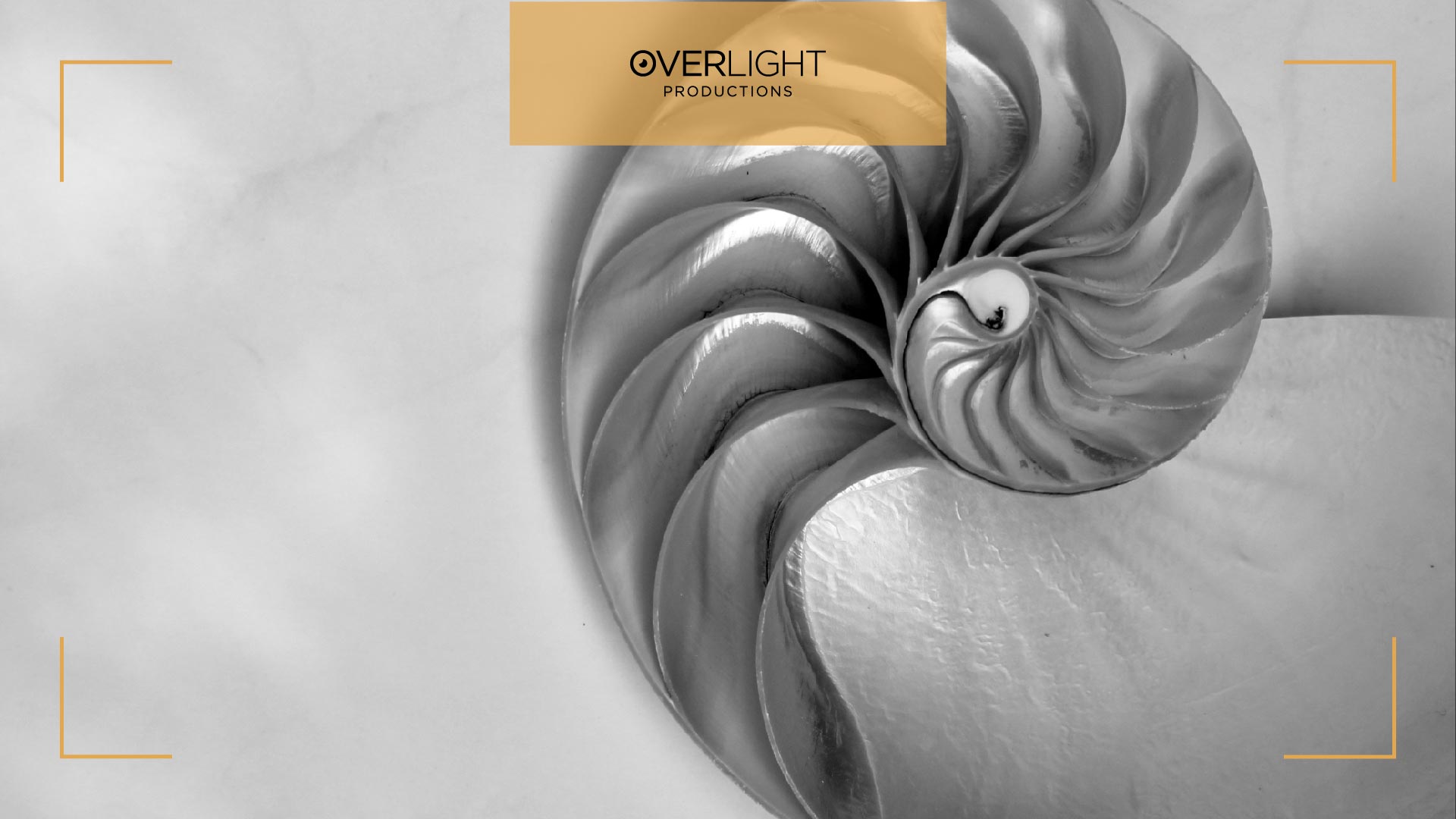 28 - August - 2023
28 - August - 2023
From the intricate designs of nature to the man-made structures that surround us, patterns and repetition are everywhere. By capturing these visual components, photographers can create photographs that are both intriguing and mesmerizing.
With that in mind, this guide will explore the usage of repetition and patterns in photography, examining how they may elevate commonplace scenes into beautiful works of art.
Patterns and Repetition in Photography

When an object, color, or shape is repeated in a regular pattern, a pattern is created. Repetition is the purposeful employment of similar elements to give an image a sense of rhythm and harmony.
Photographers can effectively engage viewers and establish a feeling of order and aesthetics by using these visual concepts.
Read also: LUTs Vs. Presets: Understanding the Difference and When to Use Them
The Impact of Patterns and Repetition
- Visual Interest: Repetition and patterns grab the viewer's attention right away. They encourage the observer to delve deeper into the details by adding depth and intrigue to an otherwise basic scene.
- Coherence: Repetitive features give an image a sense of coherence. This harmony can give the image a sense of tranquility and balance, which enhances its aesthetic appeal.
- Leading Lines: Patterns frequently produce lines that guide the eye of the viewer through the frame. These lines can direct the viewer's attention while also improving the composition.
- Abstract interpretation: Commonplace subjects can become abstract art through repetition and patterning. The repetition of shapes and forms may make the primary subject difficult to see, which encourages viewers to use interpretation.
- Creating Depth: In an image, patterns can be employed to imply depth and dimension. The image gains a three-dimensional aspect via the layering of repetitive parts.
Techniques for Incorporating Patterns and Repetition
Photographers who comprehend and adeptly use these components can produce photographs that entice viewers into a world of rhythm, balance, and interest. Here are several methods for successfully incorporating repetition and patterns into your photography, enabling you to master the skill of visual harmony.
Environmental Patterns Occurring Naturally

Nature provides a great source of complex patterns that are just ready to be photographed. In elements like leaves, waves, or sand ripples, look for repeated shapes. Compelling compositions can be created using the symmetry of flower petals or the radial arrangement of tree branches.
Urban Patterns and Architectural Marvels
Architecture's lines, angles, and shapes provide a perfect background for repetition and patterning. The symmetry of structures, windows, doorways, and stairways should be captured. Urban settings offer a canvas for captivating patterns because of their grids of streets and buildings.
Related: 12 Types of Lighting in Photography (What the Professionals Prefer?
Surfaces and Textures
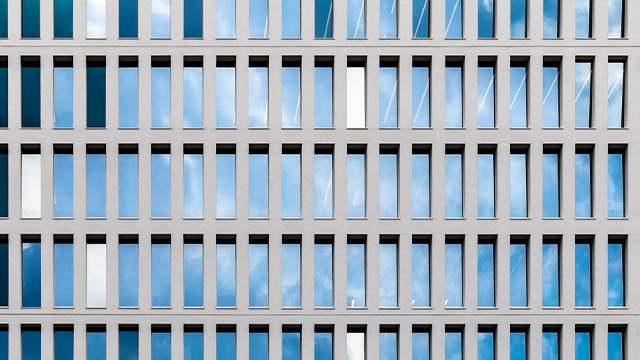
When photographed closely, textures can be converted into enthralling patterns. Look for surfaces with visually appealing repeating motifs, such as wood grain, brick walls, or textiles. To create a multimodal experience, emphasize the tactile quality.
Negative Space and Isolation
To make a subject stand out, use repetition to generate negative space around it. You can focus the audience's attention while preserving a feeling of rhythm and balance in the composition by focusing on a single object within a wider setting.
Depth and Layering
Layers created by patterns can give an image depth. Repeating components captured in the frame at various distances creates a three-dimensional appearance and guides the viewer's eye through the levels of the composition.
Colors and Contrast
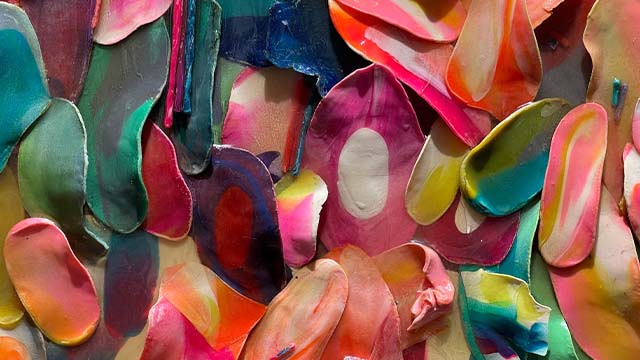
Patterns can be made to stand out more by using contrasting elements and colors. You can create a dynamic interaction that grabs the viewer's attention by placing a pattern against a background that contrasts with it or using strong colors.
Abstract Interpretation
Play around with patterns to make abstract art. Put your attention on a particular aspect of a bigger scene, like the patterns created by light and shadow on a surface. This abstract style encourages visitors to use their imaginations.
Mirroring and Reflections
Opportunities to record captivating mirrored patterns are presented by water surfaces and reflecting surfaces. To produce eye-catching visual effects, experiment with the symmetry of reflected objects.
Read also: Understanding Photography Rules in the UAE: A Complete Guide
Now, Let’s Discuss Some Common Examples of Patterns and Repetition in Photography
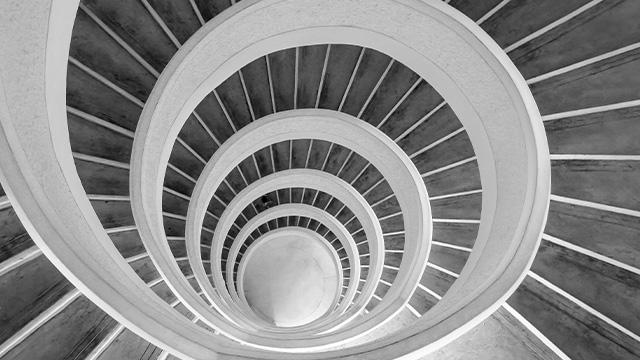
Repetition and patterns are essential to photography because they provide picture coherence and aesthetic attractiveness. Organic patterns can be seen in nature in the hexagonal cells of a beehive or the concentric rings of a water droplet's ripple.
Architectural features like windows, doors, and columns in urban settings have repeating lines and shapes. When photographed up close, the repetition of textures on tree bark, pebbles, and fabrics is fascinating.
Here are some examples…
The rows of crops on a farm or the contrasting hues of beach umbrellas are both examples of repetitive patterns. Street photography gains vitality from the movement of pedestrians and the geometric arrangement of lamps. Mirror-like repetition is produced by reflections on still water surfaces and is frequently seen in lakes and glass structures.
Cobblestone streets, wooden planks, and exquisite lacework all have recurring patterns that each tell a different story. Even in abstract photography, the patterns that light and shadow create on a surface can be seductive and evocative.
Photographers turn ordinary surroundings into aesthetically striking compositions by expertly spotting and capturing patterns and repetition. These illustrations demonstrate how repetition and patterns function as a language that conveys rhythm, harmony, and structure within the frame in addition to adding aesthetic appeal.
FAQs
What is rhythm in photography?
The visual pattern produced by repeating features like shapes, lines, or patterns is known as rhythm in photography. It gives an image a sense of flow and movement while directing the viewer's eye across the composition. This results in a pleasing and captivating visual experience that gives the image dynamism and cohesiveness.
What is the purpose of repetition in photography?
In photography, repetition brings unity and visual interest to an image. Photographers create a feeling of rhythm by using recurring elements like shapes, patterns, or textures in their work. This rhythm directs the viewer's gaze and provides depth. Repetition improves the aesthetics of the entire composition by highlighting particular subjects and giving the spectator a balanced and pleasing visual experience.
What are the different types of patterns in photography?
There are numerous patterns in photography. Consistent repetitions of pieces with similar spacing make up regular patterns. Regular patterns differ in their size or spacing. Random patterns don't repeat in a predictable way. Additionally, alternating patterns switch back and forth between various components. From a center point, radial patterns emerge. All of these patterns increase the composition's aesthetics by adding visual interest, directing the viewer's eye, and adding visual interest.
What is the effect of pattern photography?
Pattern photography enhances visual engagement and coherence in an image to produce a captivating impact. The repetition creates a rhythm that guides the viewer's eye across the piece. This effect gives the image greater depth and dimension, enhancing its dynamic quality. The placement of patterns may create an emotionally charged image, draw attention to textures, and turn common objects into captivating pieces of art.
What is the difference between pattern and texture?
The repeating placement of graphic components like shapes, lines, or forms within an image is referred to as a pattern. It establishes a sense of harmony and rhythm. Contrarily, texture refers to the tactile nature of surfaces that have been visually captured. The shot gains a tactile quality and depth as a result. While texture accentuates the physical aspects of the subject, pattern promotes repetition, which improves the overall visual experience.
Why are patterns called patterns?
As they involve the regular repeating of particular visual characteristics like shapes, lines, or forms, patterns in photography are so named. This repetition produces a recognized arrangement that is easy to spot and gives the picture a rhythmic movement. The word "pattern" captures this repetition, highlighting the carefully planned and unified arrangement of parts that gives the image structure and visual interest.
What are some common mistakes to avoid when using patterns and repetition in photography?
Here are some common mistakes you should avoid when using patterns and repetition in photography: Avoid over-cluttering the frame when employing patterns and repetition in photography since too many repetitive components might exhaust the observer. Make sure the pattern you choose adds to the theme, not takes away from it. Avoid inadvertent pattern breakdowns that could interrupt the visual flow. Additionally, aim for harmony; patterns should enhance rather than overpower the composition. Last but not least, keep things varied to avoid getting boring and keep viewers interested.
Are there specific photography genres where patterns and repetition play a significant role?
The use of repetition and patterns is prevalent in many types of photography. They are frequently prominent in street, abstract, and architectural photography. They can be seen in landscapes, textures, and even animal behaviors in nature photography. Patterns are also used in fashion and product photography to improve compositions.
How can I add a unique artistic flair to my pattern-based photographs?
Try different views and angles to exhibit patterns in a creative way to add artistic flair. To make patterns pop out, use contrasting materials or hues. To isolate particular portions of the pattern, experiment with the depth of field. Intrigue can be sparked by adding unanticipated variations to the repetition. Lastly, you can add a creative touch to your pattern-based photos by playing with post-processing techniques like selective colorization or applying filters.
Read also: What Is Time-Lapse Photography & How It Can Benefit Your Business?
Final Word
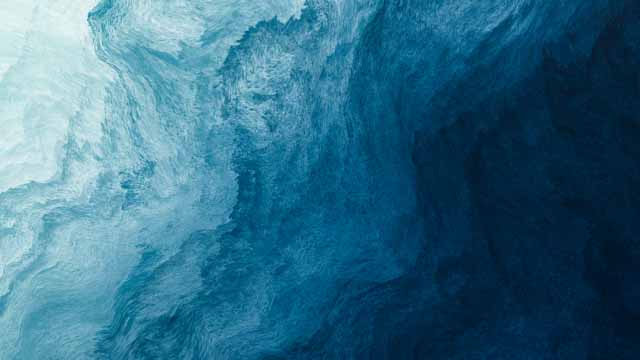
Henceforth, photographers can employ patterns and repetition as visual components to turn commonplace scenes into eye-catching works of art. These methods provide images depth, harmony, and visual intrigue, enticing viewers to delve deeper and take in the details of their surroundings.
The professional photographers at Overlight know how to curate new creative outlets and produce images that connect with viewers on a deeper level by grasping the significance of patterns and repetition.
Get a free consultation with us today.



